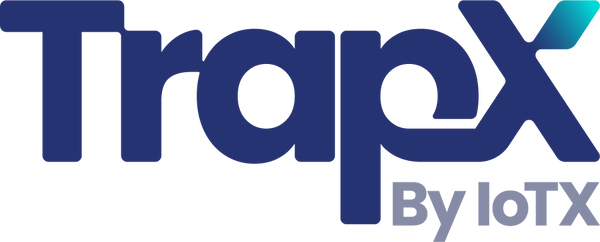What Tools Are Used for Hotel Pest Monitoring Effectively?
Share
In the bustling and busy world of hospitality, maintaining a pristine environment is paramount for guest satisfaction. The lurking threat of pests can tarnish even the finest reputation, making hotel pest monitoring an essential aspect of hotel management. But what tools are used for this critical task, and how do they ensure a pest-free environment?

Why Hotel Pest Monitoring is Crucial
Hotels are dynamic environments with high human traffic, and they provide perfect conditions for pests to thrive due to the availability of food, water, and shelter. Consequently, effective pest monitoring is not only necessary for maintaining high standards of hygiene but also for protecting the brand's reputation. The use of proper tools in pest monitoring helps in early detection, prevention, and control, ensuring a safe and comfortable stay for guests.
Traditional Tools and Techniques
Before delving into the modern tools, it's essential to understand the traditional methods that laid the groundwork for effective pest monitoring. These methods include:
Manual Inspections
Manual inspections involve trained personnel visually inspecting rooms, kitchens, and common areas for signs of pests. While this method is labor-intensive, it plays a crucial role in identifying pest hotspots and understanding infestation patterns.
Traps and Baits
Traps and baits have been used for centuries to catch and eliminate pests. They are strategically placed in areas where pest activity is suspected, helping to control populations effectively. This method is often used for rodents and insects.
Modern Tools Revolutionizing Pest Monitoring
With advancements in technology, the tools used for hotel pest monitoring have evolved significantly. Modern tools offer precision, efficiency, and ease of use, enhancing the capabilities of traditional methods.
Digital Monitoring Systems
Digital monitoring systems are at the forefront of modern pest control. These systems use sensors and cameras to detect pest activity in real-time. The data collected is analyzed, providing insights into pest behavior and aiding in quick response strategies. This technology reduces the reliance on manual inspections and increases the accuracy of pest detection.
Ultrasonic Pest Repellers
Ultrasonic pest repellers are devices that emit sound waves beyond the range of human hearing, deterring pests from entering specific areas. They are particularly useful in larger spaces like hotel lobbies and dining areas, providing a non-toxic way to control pest populations.
Integrated Pest Management (IPM)
IPM is a holistic approach that combines various pest control methods to achieve long-term results. It emphasizes minimizing risks to human health and the environment. Tools used in IPM include pheromone traps, biological controls, and botanical insecticides, all of which contribute to sustainable pest management.
The Role of Technology in Hotel Pest Management
Technology plays a vital role in enhancing the effectiveness of pest monitoring tools. The integration of the Internet of Things (IoT) in pest control systems provides remote monitoring capabilities, allowing hotel managers to receive alerts and updates on pest activity instantly. This proactive approach significantly reduces the chances of infestations going unnoticed.
Furthermore, data analytics helps in identifying trends and patterns, enabling hotel management to implement targeted interventions. For instance, if data shows increased pest activity in a particular area, additional preventive measures can be deployed in that zone.
Implementing Effective Pest Monitoring Strategies
To implement effective pest monitoring strategies, hotels need to adopt a comprehensive and proactive approach. Regular training of staff on pest detection and prevention techniques is essential. More insights on staff training for pest detection can be found here.
Leveraging both traditional and modern tools creates a robust pest management plan that addresses all potential threats. By combining manual inspections with digital monitoring systems, hotels can ensure thorough coverage and quick response to any pest issues.
Conclusion
In conclusion, the question of what tools are used for hotel pest monitoring is best answered by examining a blend of traditional methods and modern technologies. Each tool plays a pivotal role in maintaining a pest-free environment, ensuring guest satisfaction and protecting the hotel's reputation.
For more detailed insights into the pros and cons of pest control technologies, you can explore the pros and cons of pest control technology in hospitality.

FAQ Section
What are the common signs of pest infestation in hotels?
Common signs include droppings, gnaw marks, unusual smells, and sightings of pests like rodents or insects. Regular inspections can help in identifying these signs early.
How often should hotels conduct pest inspections?
Pest inspections should be conducted regularly, at least once a month, to ensure early detection and prevention of infestations.
Are ultrasonic pest repellers safe for use in hotels?
Yes, ultrasonic pest repellers are safe for use in hotels as they do not use chemicals and are effective in deterring pests without affecting human health.
